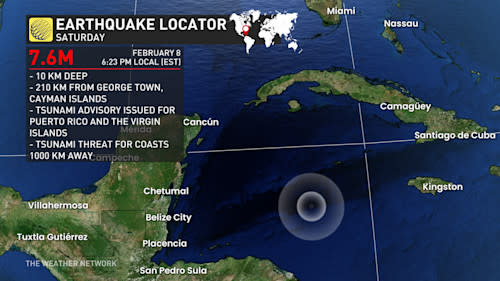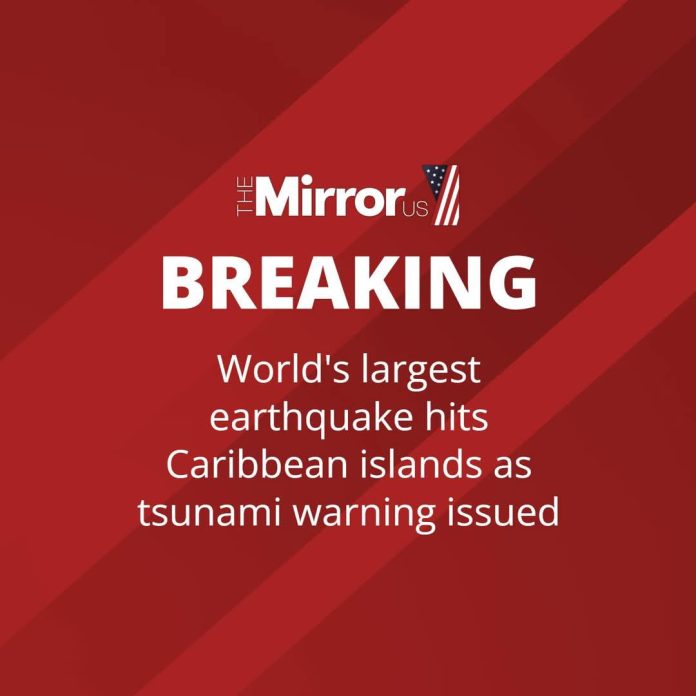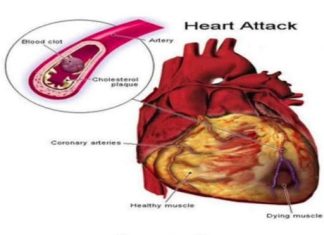Massive Earthquake Strikes Caribbean, Prompting Tsunami Warnings Across the Region
A powerful earthquake, with an estimated magnitude of 7.6, struck the Caribbean Sea on Saturday, just north of Honduras. The tremor sent shockwaves across neighboring islands and countries, leading to the issuance of tsunami warnings in multiple regions. Initially reported as a magnitude 8 by the Tsunami Warning Center, the quake is now recorded as the largest to hit the world since 2023.
The earthquake was felt approximately 202 kilometers southwest of George Town in the Cayman Islands. In response, several countries and territories—including Colombia, Haiti, Belize, Aruba, Curacao, Costa Rica, the Bahamas, Cuba, Panama, the Dominican Republic, the Turks and Caicos Islands, Honduras, Mexico, Guatemala, and Jamaica—issued tsunami threat warnings. Puerto Rico and the Virgin Islands also placed tsunami advisories into effect.
Authorities in the Cayman Islands urged residents near the coastline to move inland as a precaution. “The Cayman Islands is under a Tsunami threat. Residents living near the coastline are encouraged to move inland,” the government’s hazard management agency said.
Should tsunami waves be generated by the earthquake, they are expected to reach Puerto Rico’s western coast around 8:48 p.m. EST (9:48 p.m. local time). The waves are predicted to hit the U.S. Virgin Islands shortly thereafter. Early signs of a potential tsunami could include water receding from the shoreline. Many of the affected islands are under tsunami advisories, meaning the quake could create dangerous currents or waves. Residents are urged to stay out of the water and avoid coastal areas.

This comes after a similar, though smaller, earthquake of magnitude 5.9 struck the region in December 2024, which led to a review of disaster relief operations.
In conclusion, the powerful 7.6 magnitude earthquake that struck the Caribbean Sea, north of Honduras, has raised significant concern and triggered tsunami warnings across numerous countries and territories in the Caribbean region. This event serves as a reminder of the seismic activity in this area, which is known for frequent earthquakes. While initial warnings indicated the possibility of large waves, forecasts showed that tsunami waves could reach the coast of Puerto Rico and other islands in the region in the hours following the quake.
Residents of affected areas have been urged to remain vigilant and follow the guidance of local authorities to minimize the risk of injury or damage. It is especially important for those living in coastal areas to be prepared to move inland, as natural phenomena such as waves and dangerous ocean currents can occur shortly after an earthquake. The unpredictable nature of tsunamis makes it critical to monitor alerts and respond swiftly to reduce potential impacts.

This event highlights the ongoing need for continuous monitoring of seismic activity, as well as the importance of public education and preparedness in the event of such natural disasters. Given that earthquakes and tsunamis can strike at any time, regional governments and international organizations must collaborate to improve early warning systems and response protocols to enhance safety and minimize loss of life and property.
Share with your friends

















